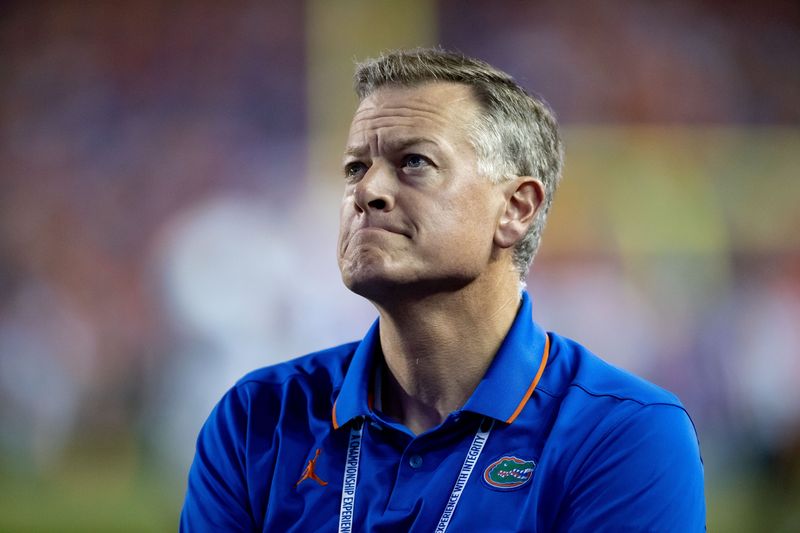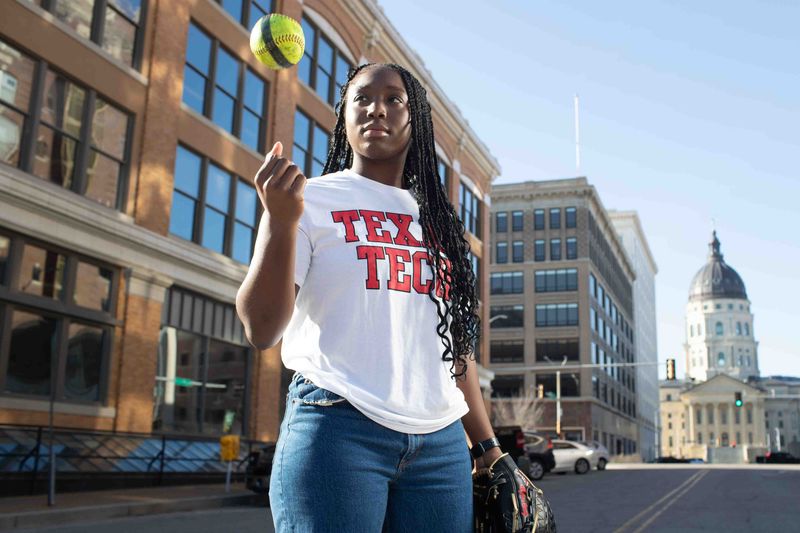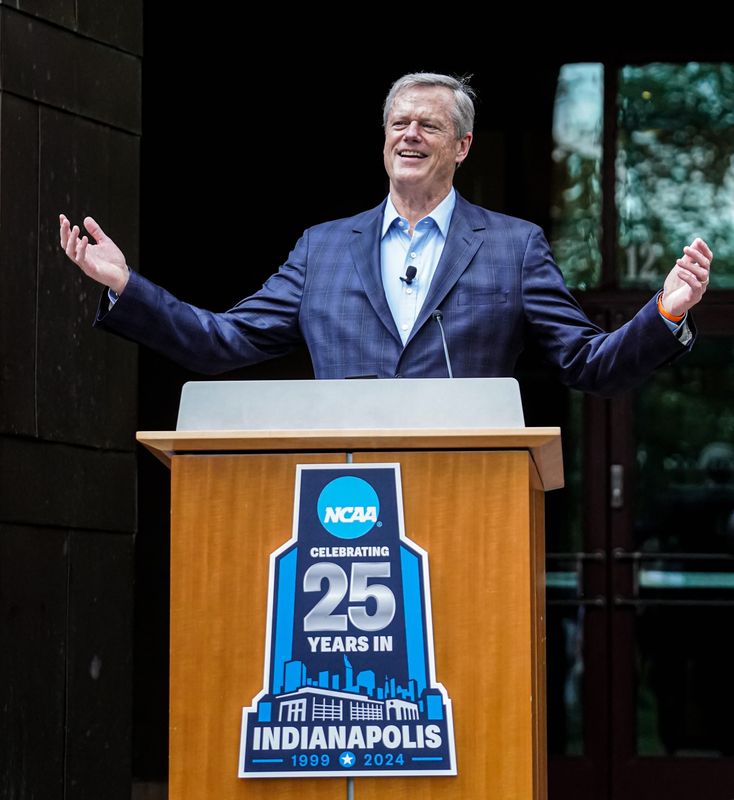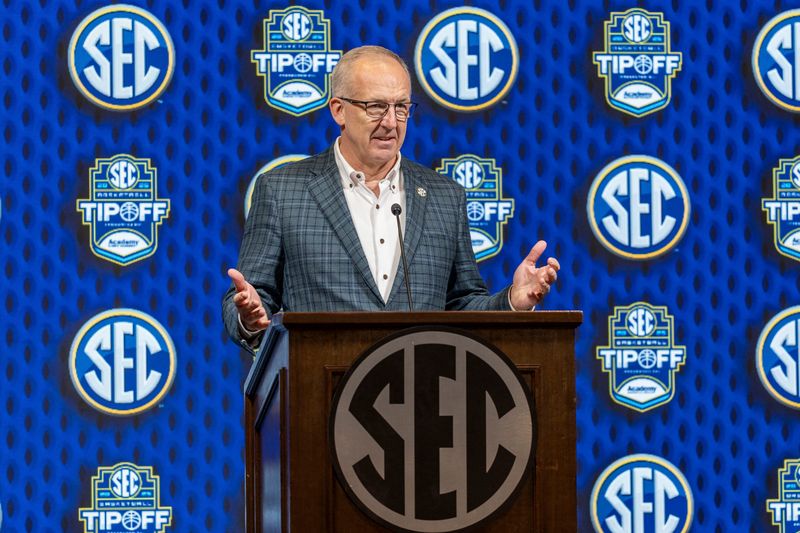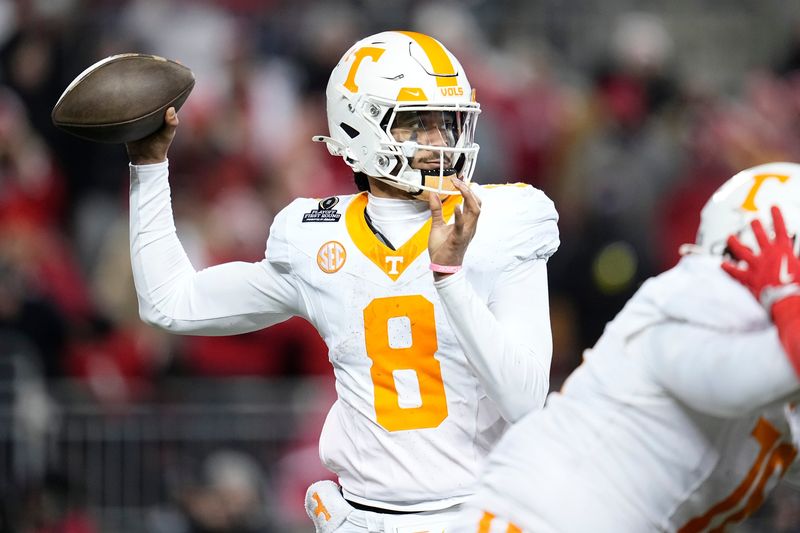The world of college recruiting with name, image, and likeness deals has seemed lawless and ungoverned since it initially became legal in 2021.
Now, power conference schools are allowed to directly pay their student-athletes following the settlement of the House vs. NCAA antitrust cases.

The settlement, which was approved on June 13 by a federal judge in California, sets the stage for a tidal wave of confusion as schools, student-athletes, and their families navigate the uber-legislated college athletics ecosystem.
With the passing of the settlement also comes the formation of the College Sports Commission, which will become the new enforcement arm of college athletics.
The NCAA, along with the defendant conferences, released a 36-page Question & Answer package to address many of the common concerns and hurdles people are experiencing following the settlement.
Here are some of the biggest questions to how college athletics will operate pertaining to NIL under the new House settlement, and how the NCAA answered them in their document, which they released shortly after the settlement was approved:
Who is affected by the House Settlement?
The House settlement forced the NCAA to pay nearly $2.8 billion in back damages over the next decade to any student-athlete that competed from 2016 to present day.
Looking forward, the House settlement will have an influence on every Division I athletic program, its administrators and coaching staffs, current and prospective student-athletes, their families, and fans as well.
Any schools named in the settlement or intend on joining by this year’s June 30 cutoff date are referred to as “Participating Institutions.”
Who are Participating Institutions?
All current members of the SEC, Big Ten, Big 12, Pac-12, and ACC are part of the new revenue-sharing model.
What do Participating Institutions have to do now?
The NCAA makes clear the obligations schools have following the settlement, including:
Is there a cap to how much revenue a school can share?
Yes. Schools are permitted to distribute up to 22-percent of the average revenue between the Power-5 conferences from media rights, ticket sales, and sponsorships. This is known as the revenue sharing cap or benefits cap, and is the maximum dollar amount a school may provide to its student-athletes during an academic year.
What is the revenue sharing cap under the new House Settlement?
The benefits cap for 2025-26 is set for $20.5 million and is expected to rise. A 4% bump is expected every year for the first three years, with a full recalculation after year four.
How is the House Settlement’s revenue sharing cap calculated?
First, participating schools from the five conferences (plus Notre Dame) enter their revenue into eight categories; ticket sales, input revenue from participation in away games, media rights revenue, NCAA distributions and grants, non-media conference distributions, direct revenue from participation in bowl games (as well as conference distributions from bowl revenues), and athletics department revenues from sponsorships, royalties, licensing agreements and advertisements.
The cap is then found by pulling 22% from the sum of the revenue generated by the eight defined categories.
Do NIL deals count towards the revenue sharing cap?
Yes and no. NIL deals paid from a source outside of the school, or a third-party, does not count towards the revenue sharing cap. Other funds distributed from student assistance funds or third-party grants/awards are also exempt from the benefits cap up to a certain amount.
However, if a player is receiving funds directly from a school for NIL purposes, that money will be counted against the benefits cap.
What money counts against the revenue sharing cap under the House Settlement
Any money a player receives directly from a schools for NIL uses is applicable to the benefits cap. Any other direct payment or additional benefits a player or their family receives that is not exempted by NCAA rules is also fair game.
Academic and graduation awards (like Alston Awards) also count towards the cap, but only up to $2.5 million. The same is true for athletically-related financial aid that exceeds the 2024-25 academic year limits.
How will NIL deals be regulated after the House Settlement?
All NIL deals, from all student-athletes, that are worth more than $600 must be processed and approved by the new clearinghouse, NIL Go.
NIL Go is run by Deloitte, a major consulting firm. It’s works as an online portal that student-athletes, schools, and third-party payees will use to verify that an NIL deal meets the criteria of a true third-party deal.
All players must submit deals to NIL Go within five business days of execution of the contract. From there, Deloitte and NIL Go will determine if the deal meets “valid business purposes” for an NIL contract.
Who is enforcing the new rules under the House Settlement?
The College Sports Commission will oversee NIL Go. The CSC was created by the major conferences to act as a self-policing arm of the NIL era. The CSC, headed up by former MLB executive Bryan Seeley, will determine if schools break any rules and then determine the appropriate punishments.
Seeley answers directly only to the Power-4 commissioners that hired him to police their conferences.
How will NIL Go judge if a deal is valid?
When the player agrees to the NIL contract or payment terms, it must include the promotion or endorsement of goods or services provided to the general public for profit. Otherwise, it is not a valid third-part deal and will be rejected by the clearinghouse.
Deloitte recently shared data that 70% of past NIL payments from boosters and collectives would have been denied under the current scrutiny.
How do multiyear agreements count against the revenue sharing cap?
Additional payments promised in multiyear agreements are counted against a Participating Institution’s benefits cap in the year that the payments and/or benefits are provided.
For example, if a player signs a two-year agreement for $100,000 through 2025-27, the first $100,000 would count towards the school’s cap in 2025-26, and the second $100,000 would count against the 2026-27 cap.
If the contract includes incentives, the total amount of incentives will count against the cap of the year that they promised. If the player fails to meet the criteria for the incentive, the amount is removed from the cap at the end of the year.
Who is a third-party under the House Settlement, and who isn’t?
Because where a money originates from decides whether or not it counts towards the cap, determining true third-parties is more essential than ever.
Associated entities/individuals are anyone that is known to have promoted a school’s athletics program, created or identified NIL opportunities, assisted in recruiting, or contributed more than $50,000 over their lifetime to a school (for individuals).
Are boosters considered associated individuals under the House Settlement?
Boosters are not automatically considered associated individuals. However, any booster or “Representative of Athletic Interests” defined by NCAA Bylaw 13.02.16 would automatically become an associated individual by the definitions set forth in the House Settlement and NCAA bylaws.
How do transfers and buyouts work under the new House Settlement?
Every contract is different, but the principles will be the same throughout. If a player transfers out of a school before the end of their contract, the school is only obligated to pay the terms of the contract that are valid up to the date they enter the portal. Any money that would have been owed to the player that transferred out can be removed from the benefits cap.
Take for example, a player that signs a deal that pays $100,000 per year over the course of two years. If the player transfers out before the start of the second year of the contract, the school is off the hook for the back end of the contract because it was never owed or due.
If there is a buyout clause in a player’s contract, the school that the player is transferring into must pay the entirety of the buyout to the school that the player departed from. The buyout also counts against the paying school’s cap, but cannot be added to the receiving school’s cap.
This article originally appeared on Tallahassee Democrat: NCAA House settlement FAQ: What you need to know about evolving college sports landscape
Reporting by Nick Wilson, USA TODAY NETWORK – Florida / Tallahassee Democrat
USA TODAY Network via Reuters Connect
